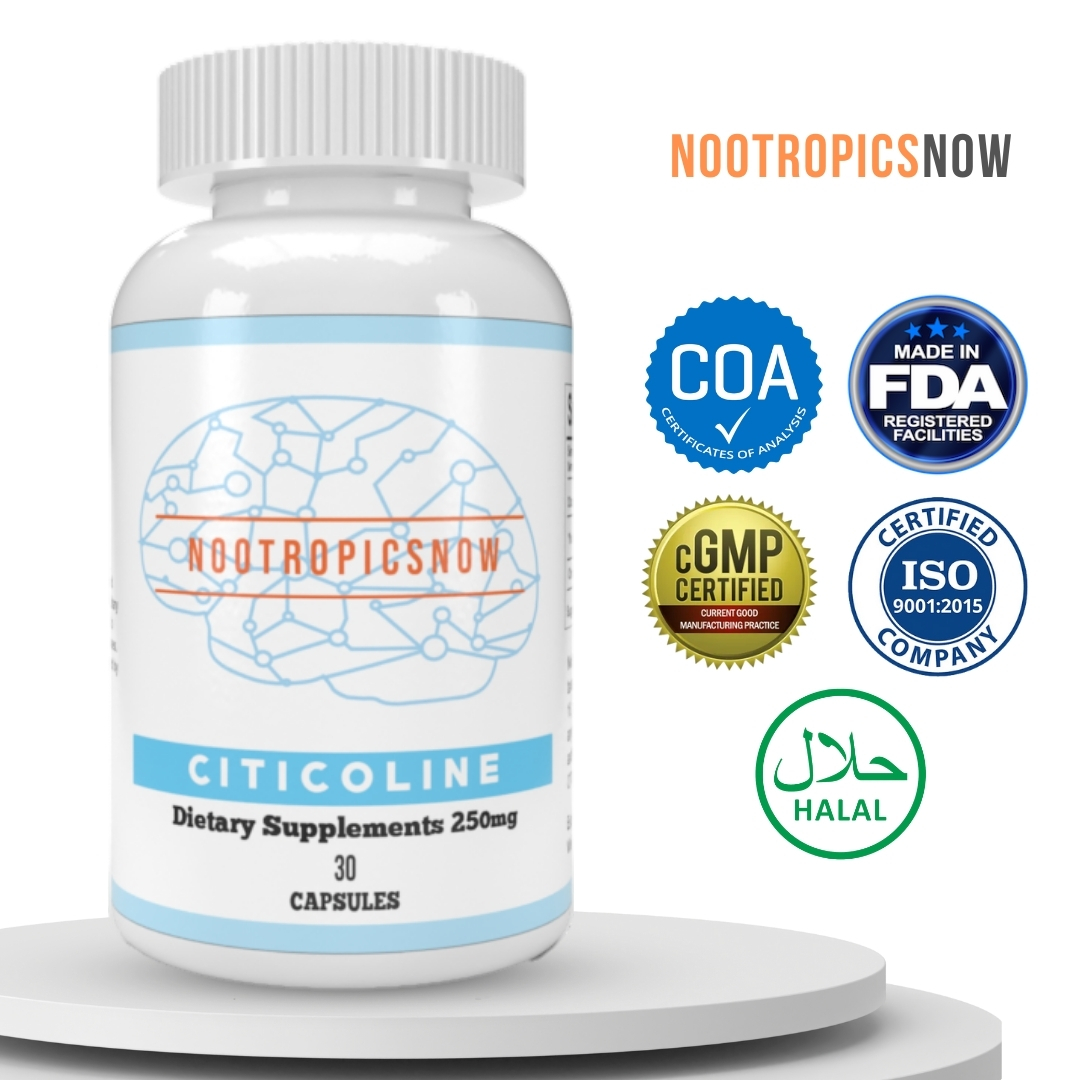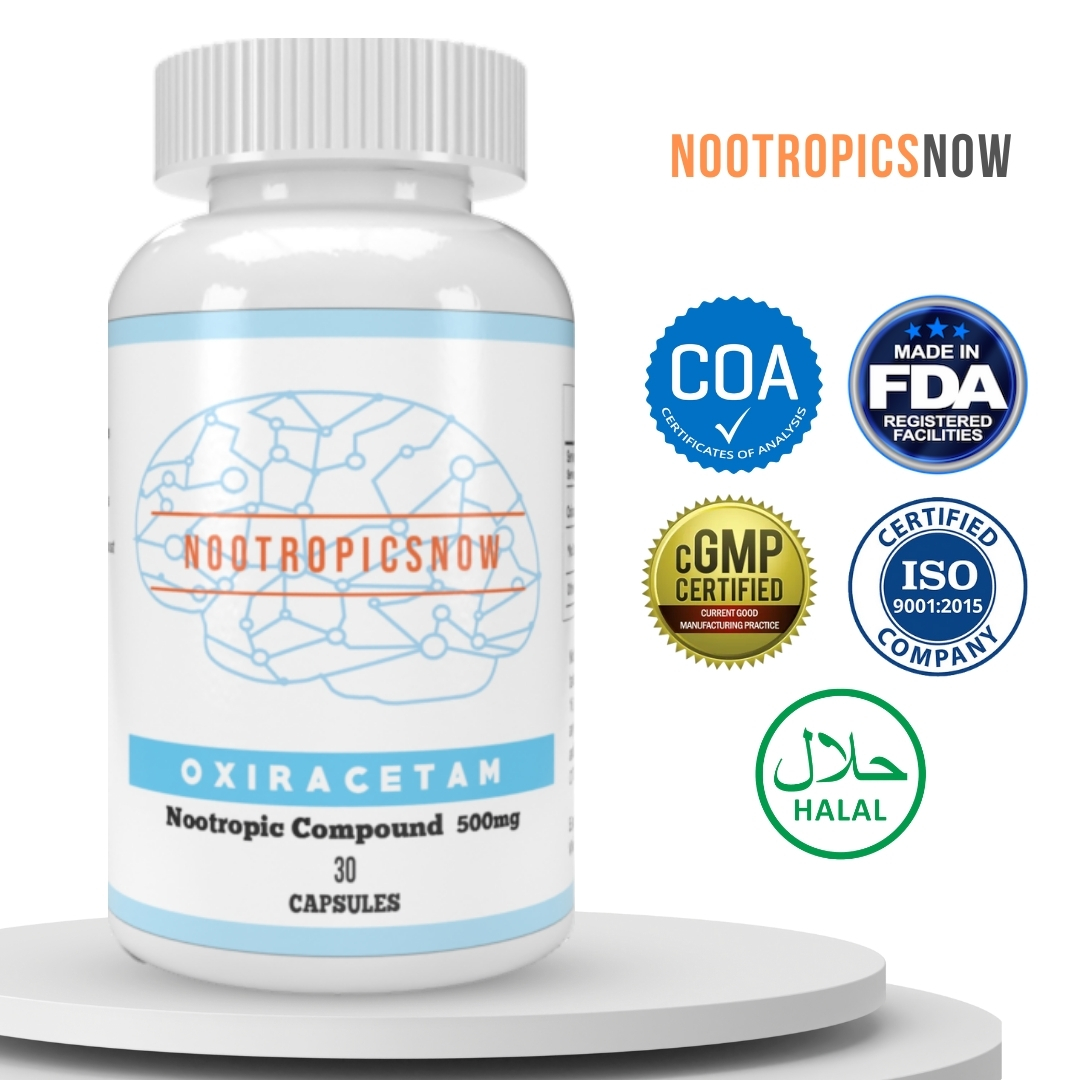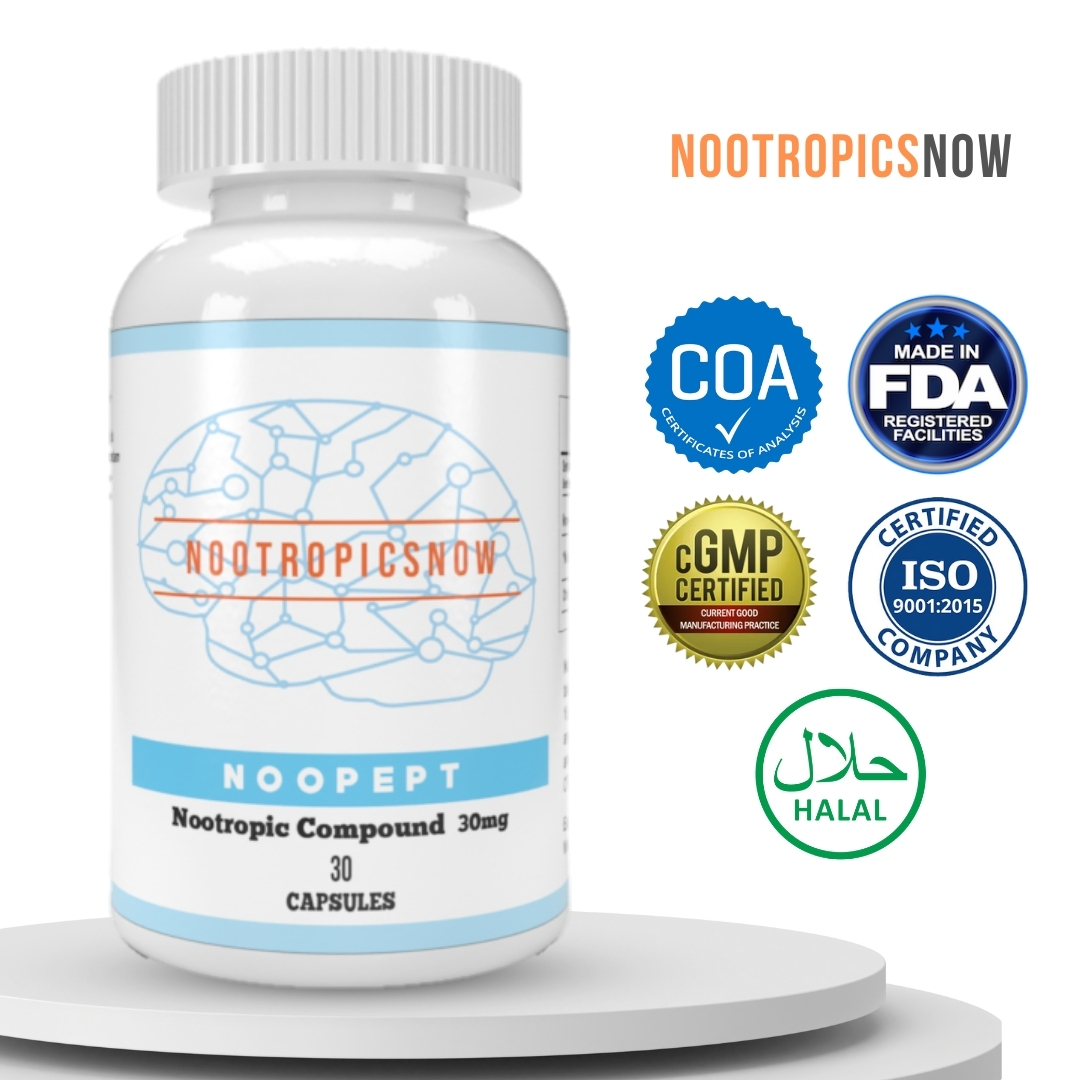Aniracetam: Benefits, Dosage & Side Effects

`markdown
Aniracetam: Unlocking Cognitive Potential and Beyond

Aniracetam, a popular nootropic compound, belongs to the racetam family and has garnered attention for its potential cognitive-enhancing effects. Developed in the 1970s, aniracetam has become a subject of interest for those seeking to improve memory, focus, and overall cognitive function. Therefore, understanding its mechanisms, benefits, and potential risks is crucial for informed use.
What is Aniracetam? A Deep Dive
Aniracetam, also known by brand names such as Ampamet, Draganon, and Memodrin, is a synthetic molecule derived from piracetam, the original racetam nootropic. However, it distinguishes itself through a unique set of properties and a stronger effect profile. Structurally, it’s an ampakine, meaning it primarily influences the AMPA receptors in the brain, critical for synaptic plasticity and learning. This makes it different from other racetams. The unique effect profile makes it an attractive option for those looking to support their cognitive function.
Here’s an option to explore if you are considering aniracetam:

View Product
Chemical Structure and Properties
The chemical formula of aniracetam is 1-(4-anisoyl-2-pyrrolidinone). Its molecular structure gives it enhanced lipid solubility compared to piracetam. Consequently, it crosses the blood-brain barrier more efficiently. This superior lipid solubility potentially contributes to its reported increased potency.
Unveiling the Benefits: What Can Aniracetam Do?
Aniracetam boasts a wide array of potential cognitive benefits, which attract many users. These benefits range from enhanced memory and improved focus to reduced anxiety and heightened sensory perception. Nonetheless, individual experiences can vary.
Memory Enhancement and Learning Capacity
One of the primary reasons people explore aniracetam is its potential to improve memory and learning. By modulating AMPA receptors, aniracetam may facilitate long-term potentiation (LTP). LTP is a crucial process for memory formation and consolidation. Some users report improved recall, enhanced learning speed, and better retention of information. Therefore, it can be a helpful study aid.
Focus and Concentration Boost
Many users report improved focus and concentration with aniracetam. Its effect on neurotransmitter systems, particularly acetylcholine, may contribute to this benefit. Consequently, it can help users to stay on task and maintain attention.
Mood Enhancement and Anxiolytic Effects
Beyond cognitive benefits, aniracetam has demonstrated anxiolytic (anti-anxiety) and mood-enhancing properties in some studies. These effects are attributed to its influence on dopamine and serotonin systems. Furthermore, its effect on reducing anxiety can make it easier to focus. Therefore, it has the potential to be a mood stabilizer.
Enhanced Sensory Perception
Some users have reported heightened sensory perception while taking aniracetam. This includes increased visual clarity, enhanced color perception, and heightened auditory sensitivity. Therefore, it is often used to improve creative thinking.
How Aniracetam Works: Delving into the Mechanism of Action
Aniracetam’s effects stem from its complex interaction with several key neurotransmitter systems and receptors in the brain. Understanding its mechanisms of action is essential for appreciating its potential and predicting its effects.
Modulation of AMPA Receptors
Aniracetam primarily acts as a positive allosteric modulator of AMPA receptors, a type of glutamate receptor. These receptors play a critical role in synaptic plasticity, learning, and memory. Thus, by enhancing AMPA receptor activity, aniracetam strengthens neuronal connections.
Influence on Acetylcholine Systems
Aniracetam indirectly increases acetylcholine levels in the brain. It does this by modulating the release of acetylcholine. Acetylcholine is a vital neurotransmitter involved in memory, learning, and attention. Therefore, increasing its levels can improve cognitive function.
Effects on Dopamine and Serotonin
Aniracetam also affects dopamine and serotonin neurotransmission, contributing to its anxiolytic and mood-enhancing effects. The exact mechanisms are still being investigated. However, it is suggested that aniracetam modulates the release and reuptake of these neurotransmitters.
Neuroprotective Properties
Some research suggests that aniracetam possesses neuroprotective properties. It can protect neurons from oxidative stress and excitotoxicity, which can damage brain cells. Therefore, it might contribute to overall brain health.
Dosage and Administration: Finding the Right Balance
The optimal dosage of aniracetam can vary depending on individual factors such as body weight, sensitivity, and desired effects. It is generally recommended to start with a lower dose and gradually increase it until the desired benefits are achieved.
Recommended Dosage Range
The typical dosage range for aniracetam is 600 mg to 1500 mg per day, divided into two or three doses. However, it’s best to start with 600mg and increase slowly until the user gets the desired results.
Administration Guidelines
Aniracetam is fat-soluble, meaning it is best absorbed when taken with a meal containing healthy fats. Thus, taking aniracetam with a source of dietary fat can improve its bioavailability and enhance its effects.
Cycling and Tolerance
Some users recommend cycling aniracetam to prevent tolerance from developing. Cycling involves taking aniracetam for a specific period, followed by a break. However, it is not clear if cycling can effectively prevent tolerance.
Side Effects and Safety Considerations: Navigating the Risks
While generally considered safe, aniracetam can cause side effects in some individuals. It is important to be aware of these potential side effects and take precautions to minimize their occurrence.
Common Side Effects
The most common side effects of aniracetam include headaches, nausea, anxiety, and insomnia. These side effects are usually mild and transient, resolving on their own or with a reduction in dosage.
Rare Side Effects
Rare side effects of aniracetam may include dizziness, confusion, and gastrointestinal upset. Therefore, if you experience these symptoms, discontinue use and consult with a healthcare professional.
Contraindications and Interactions
Aniracetam may interact with certain medications, particularly those that affect liver enzymes (CYP450 enzymes) or anticoagulant medications. Therefore, it is essential to inform your healthcare provider about all medications and supplements you are taking before starting aniracetam.
Stacking Aniracetam: Synergistic Combinations
Combining aniracetam with other nootropics can potentially enhance its effects and create synergistic benefits. However, it’s essential to research and understand the potential interactions before combining any substances.
Popular Stacks
Some popular aniracetam stacks include:
Considerations for Stacking
When stacking aniracetam, it is essential to start with low doses and gradually increase them as needed. It’s also crucial to monitor your response to each substance and adjust dosages accordingly. Furthermore, consulting a health professional is recommended to prevent any adverse reactions.
Legal Status and Availability: Navigating the Regulations
The legal status and availability of aniracetam vary depending on the country. In some countries, aniracetam is available as a prescription medication, while in others, it is sold as an over-the-counter supplement.
United States
In the United States, aniracetam is not approved by the FDA for use as a drug. However, it can be legally purchased and sold as a dietary supplement.
Europe
In some European countries, aniracetam is available as a prescription medication for the treatment of cognitive impairment. Nonetheless, the regulations vary from country to country.
Other Regions
The legal status and availability of aniracetam in other regions of the world vary. Therefore, it is essential to research the specific regulations in your country before purchasing or using aniracetam.
Real-World Experiences: Aniracetam User Reviews
User reviews and experiences can provide valuable insights into the effects of aniracetam. However, it is essential to remember that individual responses can vary.
Common Themes
Some common themes that emerge from aniracetam user reviews include:
Cautions
It’s important to approach user reviews with caution and to consider the potential for bias. However, these reviews can still provide valuable information and insights.
Aniracetam vs. Other Nootropics: Making the Right Choice
With so many nootropics available, it can be challenging to choose the right one. Therefore, comparing aniracetam to other popular nootropics can help you make an informed decision.
Aniracetam vs. Piracetam
Piracetam is the original racetam nootropic and is often used as a baseline for comparison. Aniracetam is generally considered more potent than piracetam, and it also has anxiolytic effects that piracetam lacks.
Here’s a related product:

View Product
Aniracetam vs. Oxiracetam
Oxiracetam is another popular racetam nootropic known for its stimulating effects and cognitive enhancement. However, it is generally considered less anxiolytic than aniracetam.
Aniracetam vs. Noopept
Noopept is a synthetic nootropic that is structurally different from racetams, but it shares similar cognitive-enhancing effects. Noopept is considered significantly more potent than aniracetam, but it may also have a higher risk of side effects.
Future Research: What’s Next for Aniracetam?
Research into aniracetam is ongoing, and future studies may shed more light on its mechanisms of action, benefits, and potential risks. Furthermore, more research is needed to determine the safety of long-term use.
Potential Therapeutic Applications
Aniracetam has shown promise in the treatment of cognitive impairment, anxiety, and depression. However, more research is needed to confirm its efficacy for these conditions.
Investigating Long-Term Effects
Long-term studies are needed to fully assess the safety and efficacy of aniracetam for prolonged use. The effects of long-term exposure have not yet been fully studied.
Conclusion: Is Aniracetam Right for You?
Aniracetam offers promising cognitive-enhancing and anxiolytic benefits. However, it is essential to approach its use with caution and to consider the potential risks and side effects. By understanding its mechanisms, benefits, and safety considerations, you can make an informed decision about whether aniracetam is right for you. Consulting with a healthcare professional is recommended before starting any new nootropic regimen.
`
Aniracetam: Unlocking Cognitive Potential
Aniracetam, a synthetic nootropic compound, stands out within the racetam family for its purported cognitive-enhancing properties. It’s a derivative of piracetam, yet aniracetam is known for its unique effects and increased potency. This section dives deep into aniracetam, exploring its benefits, mechanisms, dosage guidelines, and safety considerations. It will also cover practical information on how to use aniracetam effectively for cognitive enhancement.
What is Aniracetam?
Aniracetam is an ampakine nootropic, meaning it primarily influences the AMPA receptors within the brain’s glutamatergic system. Discovered in the 1970s, it quickly gained popularity among individuals seeking improved memory, focus, and overall cognitive function. Chemically, it is N-anisoyl-2-pyrrolidinone.
Compared to piracetam, aniracetam is considered more potent, requiring smaller doses to achieve similar or even more pronounced effects. Besides nootropic uses, it is sometimes used in certain countries to treat anxiety and depression. However, these uses are not universally recognized or approved, and should be approached with guidance from a healthcare professional.
Benefits of Aniracetam
The purported benefits of aniracetam are multifaceted and appeal to a diverse range of users. Here’s a breakdown of the key cognitive benefits often associated with this nootropic:
These benefits can contribute to a significant improvement in overall cognitive performance and quality of life. Furthermore, they can facilitate better learning and concentration.
How Aniracetam Works: The Mechanism of Action
Understanding how aniracetam works at a neurochemical level is crucial for optimizing its use and managing potential side effects. Its primary mechanism of action involves modulating the activity of several key neurotransmitter systems:
The interplay of these mechanisms contributes to the multifaceted cognitive benefits associated with aniracetam. Modulating these functions improves mood, focus, and concentration.
Dosage Guidelines for Aniracetam
Determining the optimal dosage of aniracetam is crucial for maximizing its benefits while minimizing potential side effects. Dosage can vary depending on individual factors such as body weight, sensitivity to the drug, and desired effects. Here are general guidelines:
It’s always advisable to consult with a healthcare professional before starting any new supplement, including aniracetam, to determine the appropriate dosage and address any potential health concerns.
Potential Side Effects and Safety Considerations
While generally well-tolerated, aniracetam can cause side effects in some individuals. It is crucial to be aware of these potential side effects and take appropriate precautions:
Always start with a low dose to assess tolerance. Individuals with pre-existing medical conditions or taking other medications should consult with a healthcare professional before using aniracetam.
Stacking Aniracetam for Enhanced Effects
“Stacking” refers to combining multiple nootropics or supplements to enhance their individual effects. Aniracetam is often stacked with other compounds to optimize its cognitive benefits. Here are some popular aniracetam stacks:

View Product
When stacking nootropics, it’s essential to start with low doses and gradually increase them, carefully monitoring your response to each combination.
Practical Tips for Using Aniracetam
To get the most out of aniracetam and minimize potential side effects, consider these practical tips:
By following these guidelines, you can use aniracetam safely and effectively to enhance your cognitive function.
Is Aniracetam Right for You?
Aniracetam can be a valuable tool for individuals seeking to enhance their cognitive function. However, it’s essential to weigh the potential benefits against the risks and consider individual needs and health conditions. Consulting with a healthcare professional is always recommended before starting any new supplement, including aniracetam. Aniracetam is great for enhancing brain function in the right conditions and for the right person. It is also important to consider legalities.
Legal Status and Regulations
The legal status of aniracetam varies across different countries. In some regions, it’s available as a prescription medication, while in others, it can be purchased over-the-counter as a dietary supplement. Understanding the legal regulations in your area is crucial before purchasing or using aniracetam.
The Future of Aniracetam Research
As research on nootropics continues to evolve, further studies are needed to fully elucidate the long-term effects and therapeutic potential of aniracetam. Future research may explore its efficacy in treating specific cognitive disorders, its role in neuroprotection, and its potential interactions with other compounds.
Conclusion
Aniracetam is a popular nootropic with the potential to enhance memory, focus, learning, and mood. By understanding its mechanism of action, dosage guidelines, safety considerations, and stacking options, individuals can make informed decisions about whether aniracetam is right for them. Always prioritize safety and consult with a healthcare professional before starting any new supplement regimen. This will allow you to leverage aniracetam’s potential and improve your mental capabilities.









